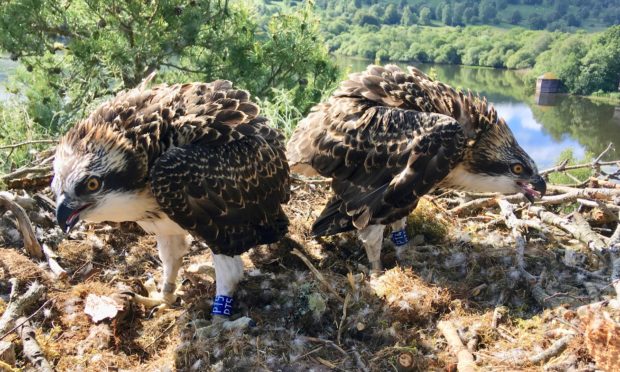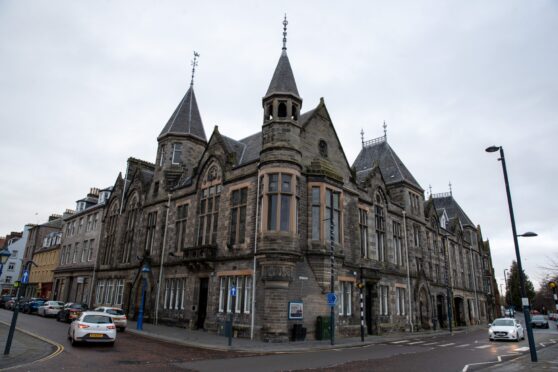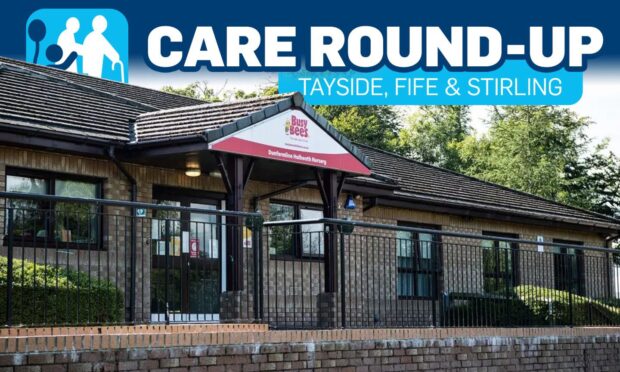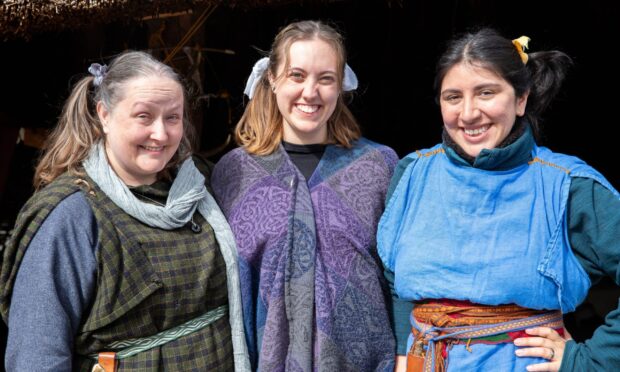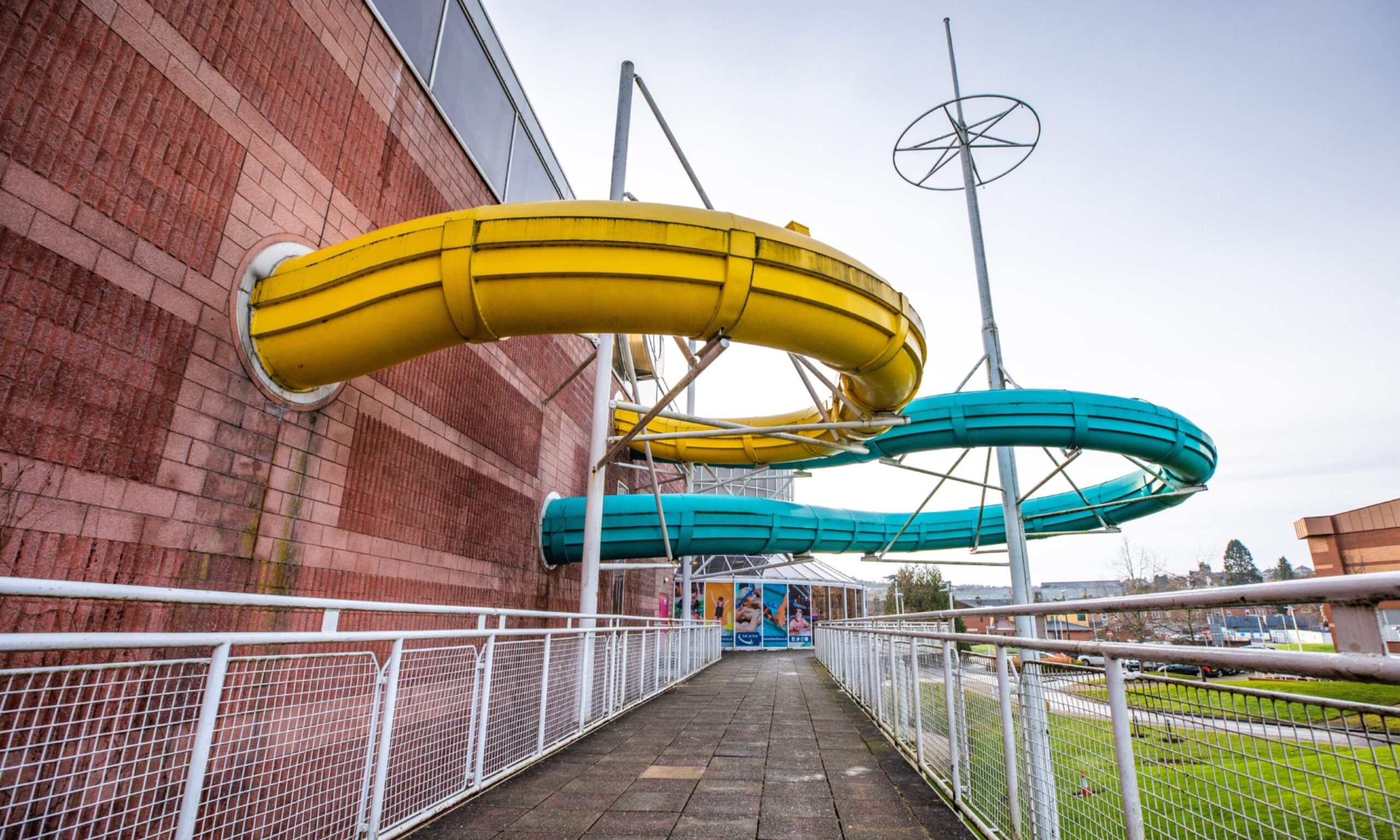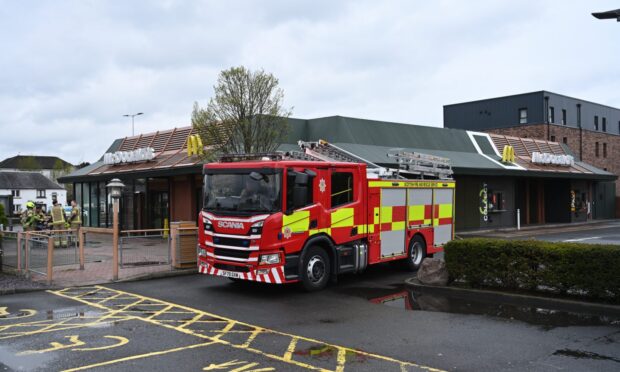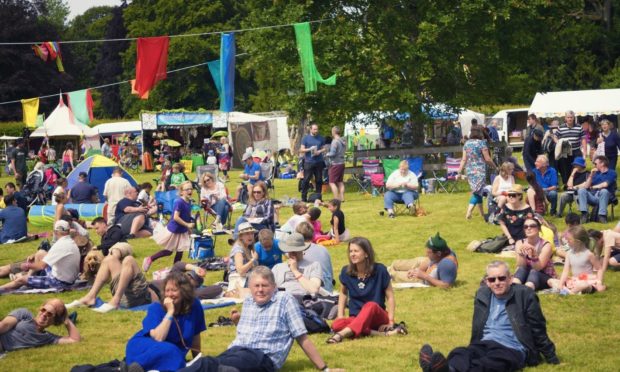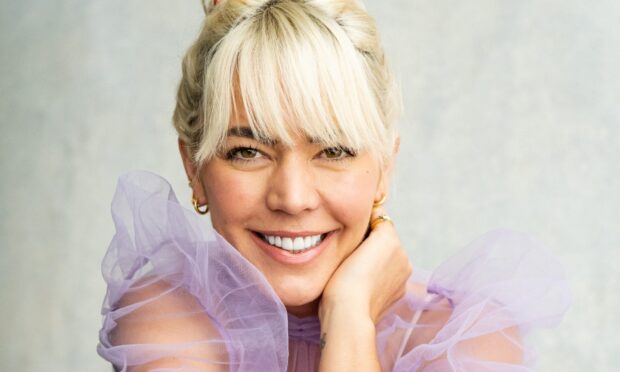Osprey chicks at a Highland Perthshire nature reserve have been ringed to help conservationists monitor their future movements.
The pair, who hatched at the Scottish Wildlife Trust’s Loch of the Lowes last month, have been tagged Blue PT4 and Blue PT5.
It is difficult to determine ospreys’ sex until adulthood, but based on signs including the thickness of their leg bones both chicks are believed to be male.
Sara Rasmussen, the trust’s Perthshire Ranger, said: “Ringing allows scientists to study long term patterns in bird populations.
“More and more people have high powered telescopes and cameras which make it easy to sight and positively identify ringed birds. In turn that allows us to learn more about the lives of these amazing birds of prey, including how they are adapting to climate change.”
She said: “The next milestone in these young birds’ journeys will be fledging, which should happen in the next 10 days to two weeks.
“We’ve already seen them stretch their wings, furiously flapping to build up flight muscles and even beginning to get some lift.
“It won’t be long until they take their first tentative flights and begin to learn the skills such as fishing which they’ll need for life away from the reserve.”
The chicks are among 13 hatched by female osprey Lassie and her mate Laddie, who visit the reserve near Dunkeld each year.
Ospreys were extinct in Britain for much of the 20th century. They began to recover in the 1960s and today around 250 pairs breed in the UK each summer.
This recovery is thanks to the efforts of conservation charities such as the Scottish Wildlife Trust, whose Osprey Protection Programme is supported by players of People’s Postcode Lottery.
Loch of the Lowes Visitor Centre offers 24-hour access to reserve hides. The trust’s live osprey webcam also gives people from around the world the chance to follow events as they happen.
